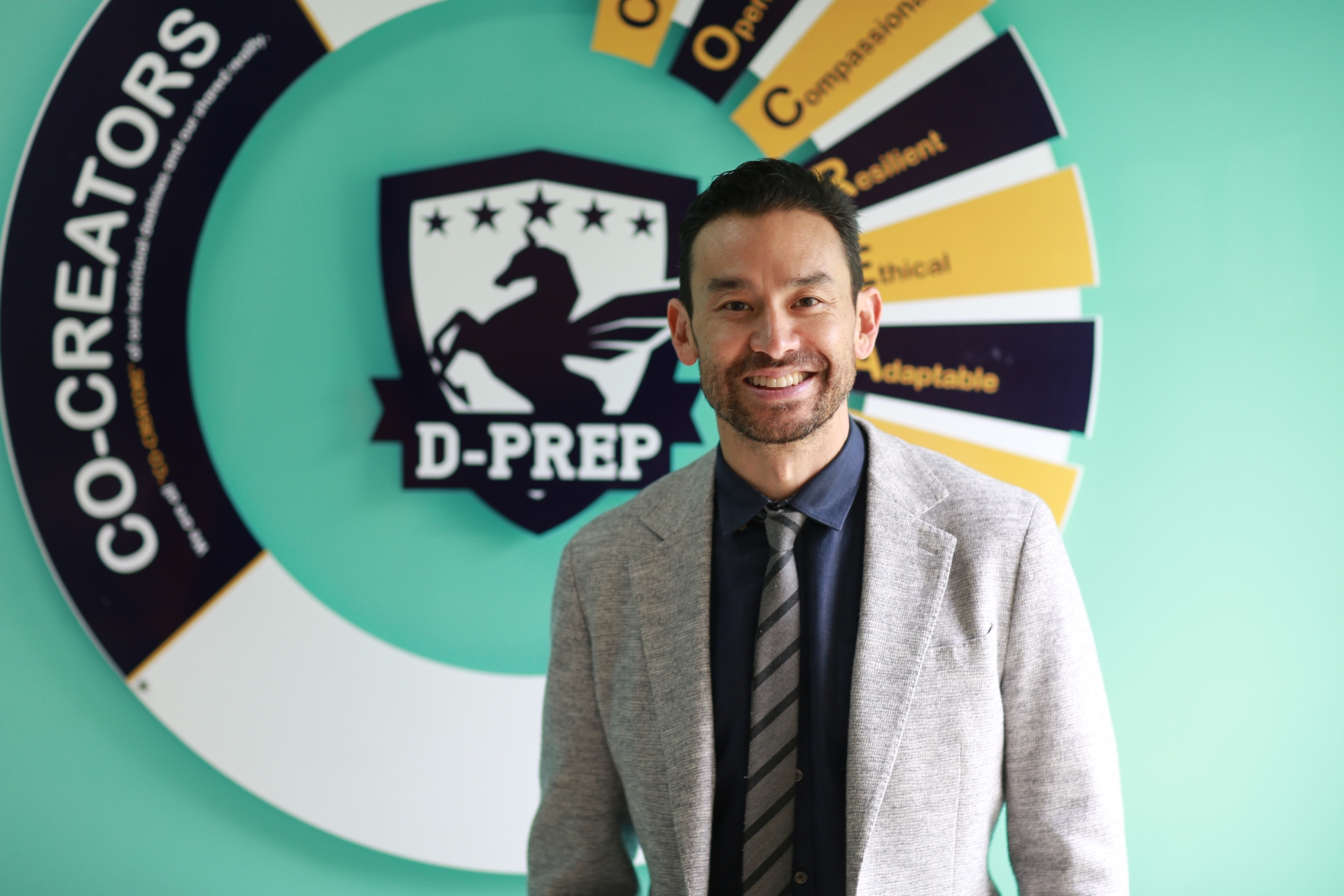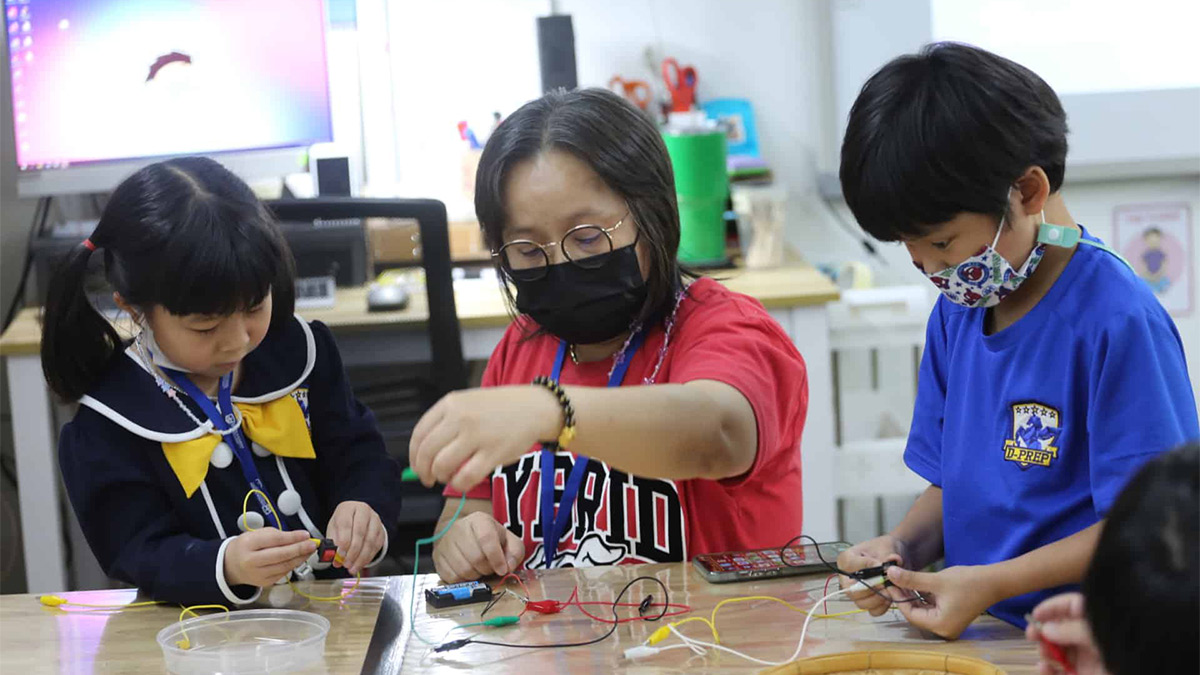During the COVID-19 pandemic, being a parent has meant being much more involved in our child’s education. For many that has felt like they have gone back to school.
Parents have joined in the school learning experiences with their children, and had to learn how to support their zoom lessons, manage their own work schedules with the learning schedules of their children, manage space at home for members of the house to do their work.
All of this has been quite overwhelming for a lot of us.
Schools and their teachers have worked hard to create engaging virtual classrooms, interactive videos and quality assignments for their students to continue their school learning.
Many parents still have concerns about whether their children are getting a rich “experiential learning” experience with distance learning.
What is Experiential Learning?
Experiential learning helps connect lessons taught at school to real life experiences — and it is one of the most important things a great classroom teacher does.
This can include field trips and science experiments to bring learning to life and demonstrates how for example scientists work, being responsible for, and caring for the class hamster, undertaking an art, music or drama performance or planting a garden.
The great news is that we can replicate these experiential learning experiences at home, without turning ourselves into full time teachers or having the pressure to create more school activities to keep our children busy.
The other advantage is that all of these experiences can be undertaken without the need for a screen.
Guidelines for encouraging experiential learning
- These are experiences, and there is no right way or answer to hands-on exploration.
- Provide access to materials and an experience that encourages your child to look more closely, listen curiously, ask questions, smell and taste and touch, if it is safe. Awaken your child’s senses!
- You don’t need to make this complicated. Get your child involved and responsible for things that you normally do – helping you at home, taking care of a pet, supporting you with making dinner.
- This doesn’t have to happen every day. Take opportunities for spontaneous activities that connect your child with the world around them, or apply what they learnt during online learning.
Most of the materials you can use to support experiential learning you already will have at home.
For example: pipe cleaners, paper, modeling dough, color pens, glue, child-safe scissors, a small stapler and watercolors. You can also reuse empty boxes, cans, bottles straws, and envelopes for a wide variety of craft ideas.
Here are 5 ways you can incorporate experiential learning at home.
5 Ideas for experiential learning at home
1. Sensory bins – younger children
A sensory bin is a plastic container filled with a variety of materials to help stimulate the senses. This supports and stimulates a child’s sense of touch, taste, smell, sight, and sound.

Children can explore touch with a bin filled with rocks, or taste with spaghetti, or sound with bells, or smell with scented moon sand, or sight with brightly coloured rice. Sensory bins are a fantastic opportunity to explore the 5 senses within the real world around them.
The focus of this activity is pre-school children and having these sensory bins available for your children to explore and discover.
1a. Sensory bins – older children (>5 years old)
This activity can easily be applied to older children by removing the sense of sight with the use of a blindfold.
Start by preparing some different food items which you have at home that have a range of tastes, for example: dark chocolate, onion, lime, apple, mushroom.

Have your child put on a blindfold and tell them that they have to guess what food items are without being able to see them.
Encourage your child to touch, smell, and finally taste the item – they can guess after each sense and finally reveal what it was by removing the blindfold.
Be warned – your children are likely to want to test you too – so put on the blindfold and hope they don’t give you raw onion!
This link will give you more ideas as to how to set up your sensory bins for your children: Sensory Bins – Ideas and How to Get Started
2. Read and retell a story
For younger children start this by reading a story together, for older children they can read the story themselves, or it could be a story which they have read at school during online learning.

You can then encourage your child to retell the story using any stuffed animals and other toys they have. This short video gives some tips on retelling stories: Retelling a Story | 3 RETELLING STRATEGIES
3. Grow something
Whether you have a garden, window box, or an egg box your child can plant some seeds and observe how they grow.

Mung beans grow into bean sprouts within three days and you get to taste them at the end, thereby creating another experience for your child. This link will give you an idea of how to set up your mini garden: How to Grow Mung Bean Sprouts in Mason Jar, Cheese Cloth, and Plastic Bottle
For a longer project, or for older children you can grow sunflowers – this is a great activity and competition between family members – to see and measure how tall they will grow and predict who will have the tallest flower.

4. Prepare food

There are so many choices here – this could be as simple as boiling an egg, to making cupcakes or sandwiches from ingredients you have in the house.
Alternatively, you could have your child prepare their favorite food, or select a recipe from a book or online, organize and buy the ingredients, then come home and cook their selected meal following the recipe.
Check out this video for some ideas: Meals Kids can COOK!
5. Take a walk outdoors
Take a walk around your garden or perhaps a local park. As you walk around collect leaves, flowers, and other items. When back at home, they can create a collage with the items they found.

Check out this video which can give you some inspiration in creating your collage. How to make a collage with natural materials – Recycling artwork
After your child says goodbye to the online classroom and closes their screen, try out some of these ideas. Be creative and curious, explore, ask questions and engage your child through play!
- Join our Virtual Open House to learn more about D-PREP





